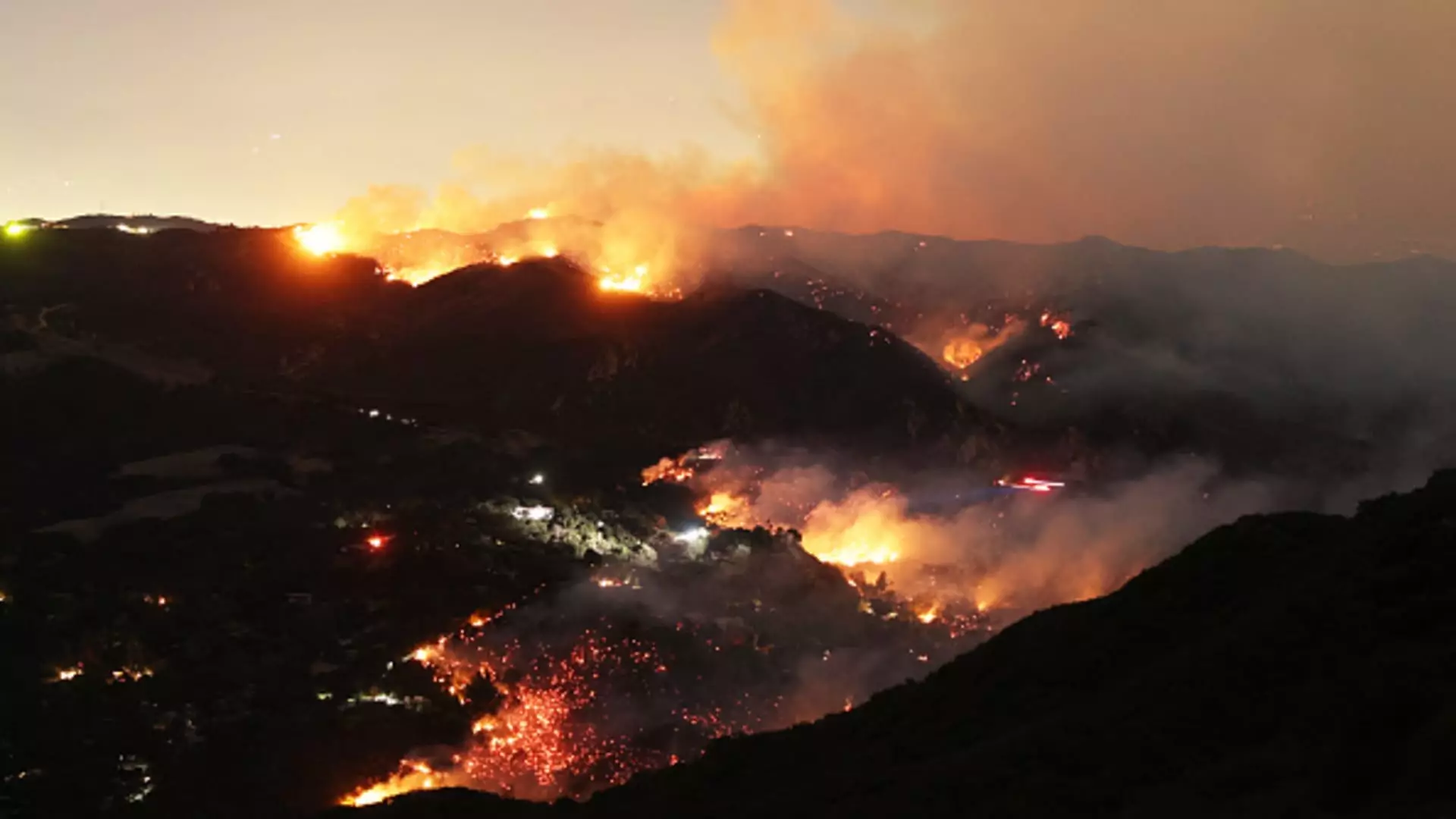In recent weeks, Southern California has grappled with one of the worst wildfire outbreaks in its history. These destructive fires have blazed through over 40,000 acres in the Greater Los Angeles area, leveling more than 12,300 structures. Current estimates show that around 88,000 residents are under mandatory evacuation orders, and an additional 89,000 are on standby, prepared to evacuate if the situation worsens. The financial toll from these catastrophic events is monumental, with projected insured losses exceeding $20 billion, as analyzed by financial institutions like JPMorgan and Wells Fargo.
The lingering threat of these wildfires leaves countless displaced residents seeking guidance on their next steps. At the forefront of this challenge is the insurance process, an essential part of recovery that many individuals must navigate urgently. Without a doubt, the pressing issue is not just the scale of destruction but the daunting recovery path that lies ahead.
As affected individuals stand at the crossroads of uncertainty, one priority remains clear: filing an insurance claim. Insurance experts advise homeowners and renters alike to act swiftly. Karl Susman, an insurance broker based in Los Angeles, emphasizes the importance of initiating the claims process as soon as possible, regardless of whether the homeowner has all the details regarding the damages. “Get your claim filed as quickly as you can,” he recommends, underscoring that one needn’t wait for a complete assessment of damages to take this vital first step.
Filing promptly is crucial, especially given the influx of claims that insurers are sure to contend with. With an anticipated delay in processing due to high volumes, early action can significantly benefit those overwhelmed by the devastating aftermath of the fires.
For residents devastated by the fires, the road to recovery begins with understanding the claims process. Experts recommend several immediate actions to streamline recovery. First and foremost, individuals should gather as much documentation as possible related to the loss. This includes receipts for any temporary living accommodations and any expenses incurred due to the evacuation, known as “loss of use” coverage. Such coverage is designed to provide financial relief during periods when individuals cannot remain in their homes.
Renters, although they may face challenges, have access to many of the same resources as homeowners. Insurance agent Shannon Martin notes that while the approaches may differ slightly, the fundamental actions remain similar. “Those in rental properties can usually initiate claims processes effectively, and they should ensure they explore all available coverage options,” she stresses.
Documentation plays a pivotal role in determining the eventual success of an insurance claim. Keeping detailed records of conversations with insurers, photographs of damages, and all receipts related to temporary accommodations are paramount. Douglas Heller, an insurance director at the Consumer Federation of America, urges victims not to underestimate the power of clear documentation. “The more thoroughly you document your experience, the more compelling your claim will be as you pursue necessary reimbursements,” he underscores.
In addition to documenting losses, it is advisable to reach out to utility companies to suspend services. This not only helps mitigate additional financial burdens but ensures that individuals are not responsible for billing during the periods of displacement.
For those who were uninsured, navigating the aftermath might feel even more daunting. However, hope remains in the form of federal assistance programs. The Federal Emergency Management Agency (FEMA) has announced a one-time payment aid that has already benefitted thousands impacted by the fires. Individuals can easily apply for assistance through formally structured platforms like DisasterAssistance.gov to access urgent resources.
For those looking for more localized support, the Insurance Commission of California is an invaluable resource. They offer guidance to navigate the complexities of insurance and recovery, as well as information about workshops and help desks designed to assist those affected by the wildfires.
As the effects of these wildfires ripple through the communities of Southern California, the response of local charities and nonprofits has been heartening. Many organizations are actively collecting donations and providing aid to communities devastated by the wildfires. Various initiatives and workshops are scheduled to equip residents with tools to recover and rebuild.
Seeking out local support networks ensures that individuals are not alone in their recovery and reinforces the bonds of community in the face of disaster.
The road ahead may be long and tortuous, but through swift action, robust documentation, and the support of community resources, residents can begin to navigate their path to recovery after the destruction left in the wake of California’s wildfires.


Leave a Reply